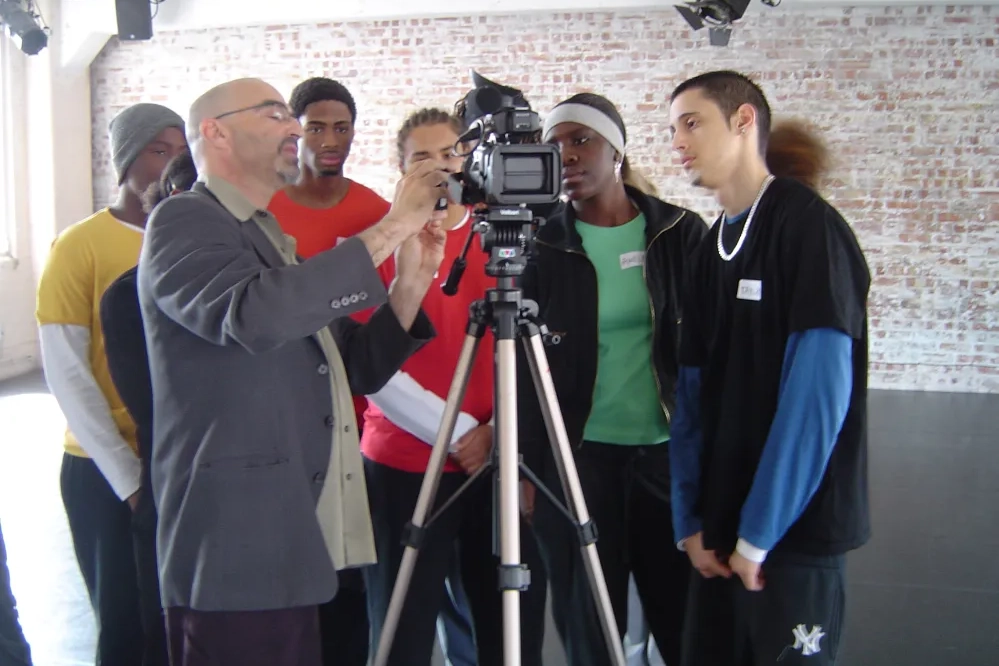The positive impact of the arts on wellbeing has been discussed for centuries, if not in the terms we use today, and we now have a growing body of evidence linking participation in the arts with mental health and wellbeing.
In this blog, we summarise some of this evidence alongside new data on the current state of young people’s mental wellbeing. We conclude with recommendations for how this evidence should inform policy.
Our 2018 Briefing Paper, The Arts, Health & Wellbeing, addresses why the arts make children and young people happier and healthier. A number of studies have found an association between participation in the arts and positive mental wellbeing:
- A study by the University of British Columbia found that participation in extracurricular activities led to higher levels of optimism and a greater sense of peer belonging, leading to improved overall mental health outcomes
- A study by the same centre found that participation in extra-curricular arts activities reduces the amount of time a participating child spends on their devices. As screen time is associated with low mental wellbeing, the arts can be seen as an indirect way of improving mental wellbeing
- Physical activity, such as dance and drama, can reduce symptoms of depression and increase resilience to stress. An additional hour of light activity per day for children agreed between 12 and 16 is associated with an 8-11% decrease in their depression levels
- The arts can reduce loneliness. Loneliness is associated with lower mental wellbeing and is especially prevalent among young people aged 16-24 years old. As such, cultural enrichment opportunities can support young people to feel less lonely and therefore have better mental wellbeing
Young people’s mental wellbeing
The current state of young people’s mental wellbeing suggests a welcome role for the arts in improving it. As it stands –
- Young people’s mental wellbeing fluctuated, but was generally lower, throughout the pandemic. Since the world has largely reopened, young people’s mental health has generally returned to the levels they were at just before the pandemic
- However, it is worth noting that young people’s mental wellbeing was worsening year on year before the pandemic – between 2017 and 2021 the estimated proportion of young people with a probable mental health disorder increased from 11% to 16%. As such, a return to pre-pandemic levels still means young people have worse mental wellbeing than their peers from a generation prior
- It is also important to remember that the post-pandemic recovery of mental wellbeing has not affected all young people equally. Young people with SEND or from low-income families have recovered much less wellbeing than their peers. Similarly, some groups of young people – such as those who are LGBTQI+ – suffer from much lower levels of mental wellbeing compared to their peers generally
As such, there is certainly much reason to be concerned about young people’s mental wellbeing – especially for key disadvantaged groups.
Using cultural learning policy to improve public health
Poor mental health is estimated to cost the UK £100 billion a year in social and clinical support and lost economic productivity. There’s also evidence that habits young people robustly acquire during their teenage years can become lifelong habits. So there is good reason to believe that if we get young people into the habit of participating in cultural enrichment, they will maintain these habits throughout their lives, supporting better lifelong mental wellbeing. One of the benefits could be enormous savings for the economy at large.




